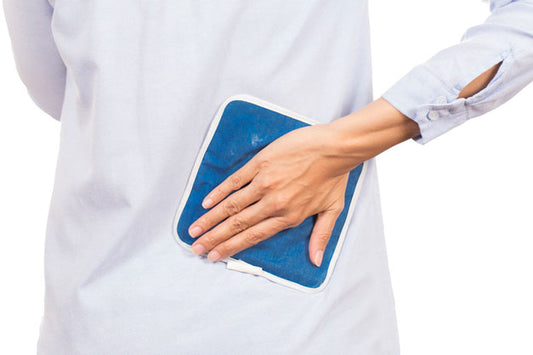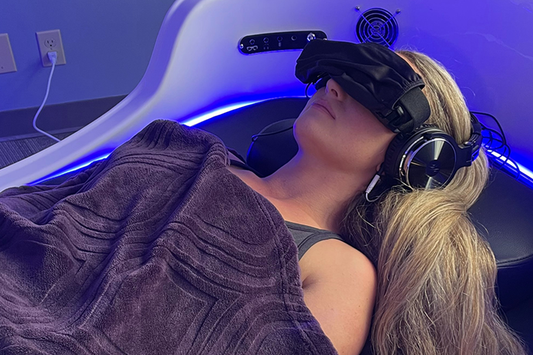There is lots of advice out there about when to use ice or heat after an injury. In general, ice is used to decrease swelling and inflammation generally associated with acute injuries and conditions that developed within the last 1 to 2 weeks. Heat is used to relax muscles and increase blood flow to an area to help it heal. When in doubt, use ice. It will not make an injury worse. If you choose to alternate heat and ice, it is best to use ice after heat instead of ice followed by heat. If heat is applied too early, it can worsen both the inflammatory response and swelling, and increase healing times.
Try this flowsheet to help make your choice. Your physical therapist or athletic trainer will help you determine the best choice for you.

Types of Ice
There are a couple of ways to get an area cold enough to help with pain and inflammation.
- Cold gel pack
- Once it is out of the freezer, it can cool an area for about 20 minutes before it is too warm to help.
- Use a very thin towel between your skin and the gel pack to prevent “freezer burning” your skin.
- Ice cube massage
- Rub an ice cube directly on the injured area for a short time to cool it, but not “freezer burn” the skin. Usually this is approximately one minute.
Types of Heat
There are several ways to heat an area. These include a microwave-able hot pack, an electric heating pad, and hot water. Usually, it does not matter which you use, so do whichever is easiest for you. The exception is chronic pain due to arthritis, which prefers a moist heat like hot water or a moist heat pack.
Frequency of use
Ice is most often used 20 minutes on, 20 minutes off, then 20 minutes on again. Many people and situations either do not tolerate or do not allow for this. In these cases, use ice as often as you can, for as long as you can tolerate it (up to 20 minutes at a time), and at least after activities that tend to aggravate your discomfort.
Using heat tends to allow for a greater degree of flexibility, and there are no limits on its use provided you are careful not to overheat or burn your skin.











